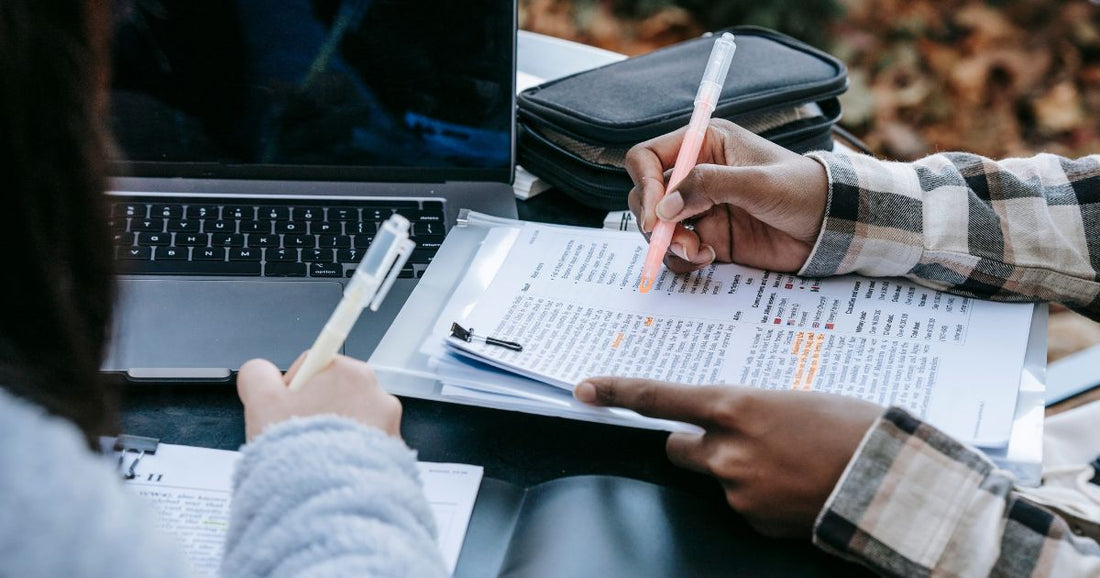In today’s world, where the pace of life is ever-accelerating, the ability to learn quickly and efficiently is more valuable than ever. Whether you’re a student, a professional, or someone passionate about self-improvement, finding ways to optimize your learning process can lead to significant benefits. The good news is that with the right strategies, you can learn smarter and faster, retaining more information with less effort. This article will guide you through some of the most effective techniques for enhancing your learning abilities, helping you achieve your goals with greater ease and efficiency.
The Importance of Learning Efficiency
Learning efficiency is all about maximizing the effectiveness of your study time. It’s not just about spending hours in front of books or screens; it’s about using your time wisely and ensuring that the knowledge you acquire sticks with you. In a world where information is abundant but time is limited, efficient learning allows you to keep up with the demands of education, work, and personal growth without feeling overwhelmed.
Key Techniques for Smarter Learning
To enhance your learning efficiency, it’s important to adopt strategies that align with how the brain naturally processes and retains information. Here are some key techniques that can help you learn smarter and faster:
1. Active Learning
Active learning involves engaging with the material in a way that requires you to think critically, solve problems, or apply the knowledge in real-world scenarios. Instead of passively reading or listening to lectures, active learning encourages you to interact with the content, making it easier to remember and understand.
Some active learning techniques include:
- Summarizing: After studying a section of material, write a brief summary in your own words. This helps reinforce your understanding and identifies any areas where you need further clarification.
- Teaching Others: Explaining concepts to someone else forces you to clarify your understanding and reinforces your knowledge.
- Practice Testing: Quizzing yourself on the material is one of the most effective ways to enhance retention. It forces you to retrieve information from memory, strengthening your recall abilities.
2. The Feynman Technique
Named after the Nobel Prize-winning physicist Richard Feynman, this technique involves breaking down complex concepts into simple, easy-to-understand language. The idea is that if you can explain a concept clearly and simply, you truly understand it.
To use the Feynman Technique:
- Choose a Concept: Select the topic you want to learn.
- Explain It in Simple Terms: Write down an explanation as if you were teaching it to someone unfamiliar with the topic.
- Identify Gaps: Review your explanation and identify any areas where your understanding is lacking.
- Simplify Further: Refine your explanation until it is clear and concise.
This method not only deepens your understanding but also makes it easier to recall and apply the information.
3. Mind Mapping
Mind mapping is a visual technique that helps you organize information in a way that mirrors how your brain works. By creating a diagram that connects ideas and concepts, you can see the relationships between different pieces of information, making it easier to understand and remember them.
To create a mind map:
- Start with a Central Idea: Write down the main topic in the center of a page.
- Branch Out: Add related ideas or subtopics around the central idea, connecting them with lines.
- Expand Further: Continue branching out with additional details, creating a web of interconnected concepts.
Mind mapping is particularly useful for studying complex subjects with multiple components, as it provides a clear, visual representation of the material.
The Role of Spaced Repetition
One of the most effective techniques for boosting memory retention is spaced repetition. This method involves reviewing information at gradually increasing intervals over time, rather than cramming all at once. The idea is to reinforce your memory just as you’re about to forget the material, which strengthens the neural pathways associated with that knowledge.
Spaced repetition leverages the brain’s natural learning process, making it more efficient for long-term retention. By spacing out review sessions, you can reduce the amount of time needed to study while improving your ability to recall information when needed. This technique is especially useful for subjects that require memorization, such as vocabulary, historical dates, or scientific terms.
To implement spaced repetition in your study routine:
- Create a Review Schedule: Plan to review new information shortly after learning it, then space out subsequent reviews over days, weeks, or even months.
- Use Flashcards: Flashcards are a great tool for spaced repetition. Apps like Anki automatically schedule your review sessions based on how well you know each card, optimizing your study time.
- Be Consistent: Stick to your review schedule to ensure that the material stays fresh in your memory.
By integrating spaced repetition into your study habits, you can learn more in less time and retain information more effectively.
The Pomodoro Technique
Another strategy for boosting learning efficiency is the Pomodoro Technique, a time management method that breaks work into short, focused intervals (usually 25 minutes) followed by a brief break. This approach helps maintain concentration and prevent burnout, making it easier to sustain long study sessions.
To use the Pomodoro Technique:
- Set a Timer: Choose a task and set a timer for 25 minutes.
- Work Intensively: Focus solely on the task during this time, avoiding any distractions.
- Take a Short Break: After 25 minutes, take a 5-minute break to recharge.
- Repeat: Continue this cycle, taking a longer break after completing four intervals.
The Pomodoro Technique is particularly effective for tasks that require sustained focus and concentration, such as studying or writing.
Combining Techniques for Maximum Efficiency
To truly master smarter, faster learning, consider combining these techniques. For example, you might use active learning and the Feynman Technique during your study sessions, reinforced by spaced repetition and the Pomodoro Technique to structure your time. Mind mapping can be used to organize complex information visually, making it easier to review and understand.
By integrating these strategies into your learning routine, you can enhance your ability to absorb and retain information, making your study sessions more productive and less time-consuming.
Conclusion
Learning smarter and faster is not about cutting corners but about using proven techniques to optimize your study process. By adopting strategies like active learning, the Feynman Technique, mind mapping, spaced repetition, and the Pomodoro Technique, you can significantly improve your ability to retain information and apply it effectively. These methods not only make learning more efficient but also more enjoyable, helping you stay motivated and confident as you pursue your educational and professional goals.
Incorporate these techniques into your daily routine, and you’ll be well on your way to mastering the art of smarter, faster learning.





